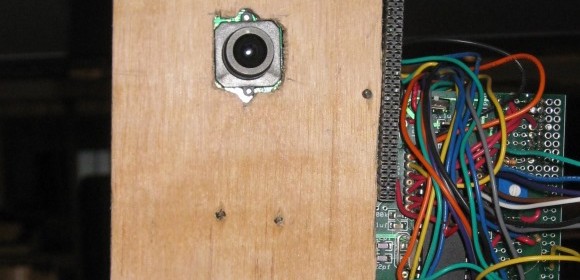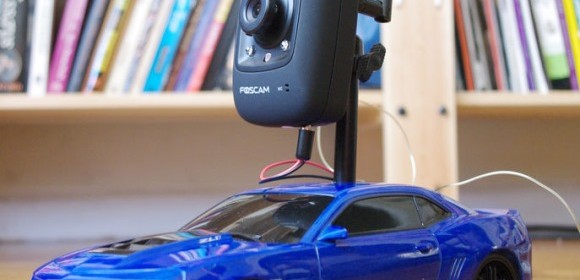Autonomous fire extinguisher

Trevor Slaton and Dawn Xiang, students from Cornell University, designed this autonomous fire extinguisher that is capable of detecting fires through photo sensors and aiming a water nozzle along two axes to extinguish the fires. Their prototype can detect and extinguish candle fires from about 1 ft. away. Their system uses two servo motors to control the vertical and horizontal position of the water nozzle and a water pump to send out a burst of water from the nozzle. The ATmega1284p microcontroller is used to control the pump as well as the servos.
Read more


